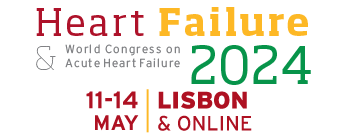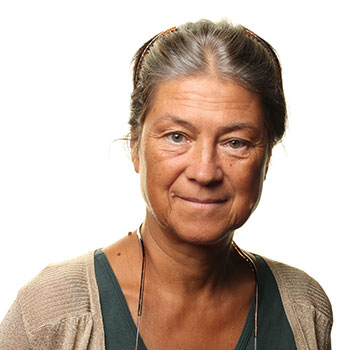ESC Andreas Grüntzig Lecture in Interventional Cardiology: Prof. Irene Marthe Lang
Balloon pulmonary angioplasty for chronic thromboembolic pulmonary hypertension
27 Aug 2023Professor Irene Marthe Lang (Medical University of Vienna - Vienna, Austria) has spent 40 years investigating and improving treatment options for chronic thromboembolic pulmonary hypertension (CTEPH). Today, she presents the ESC Andreas Grüntzig Lecture in Interventional Cardiology on the place of balloon pulmonary angioplasty (BPA) in CTEPH management.
What first made you interested in interventional cardiology?
I came to cardiology from internal medicine, attracted by cardiology’s straightforward approach to mechanical problems. Cardiology is a discipline that resembles surgery more than any other in internal medicine. The uncertainties of some aspects of internal medicine didn’t sit well with me – the patient wants a clearcut diagnosis and treatment plan – but with cardiology, the answers are usually obvious. Straightforwardness is a feature of Andreas Grüntzig’s work – he used a very simple approach to provide huge benefits for so many patients.
What are the key themes of your lecture?
The main topic of my lecture is how Andreas Grüntzig’s ingenious idea of percutaneous transluminal coronary angioplasty has been translated into a solution for the diseased pulmonary circulation of CTEPH. But first I will cover the basics of CTEPH, a relatively rare condition that is characterised by stenosed and/or occluded pulmonary arteries due to organised thrombi. Findings from the European CTEPH registry1 and an international CTEPH registry2 will be mentioned including data on risk factors, clinical presentation and outcomes.
I will highlight differences in the types of vessels and lesions in the lungs versus the heart and explain what these differences mean in terms of performing balloon angioplasty. Initial experiences with BPA in the US and Europe were not positive; however, over the years, the technique has been refined in Japan. I’m a strong advocate for BPA, having learned from the leading interventionalist, Professor Hiromi Matsubara, who developed the technique to the advanced stage we see today.
Outcomes following BPA will be discussed in relation to the first-line surgical approach, pulmonary endarterectomy (PEA), and compared to medical treatment with riociguat, highlighting recent data from the MR BPA and RACE trials in patients with inoperable CTEPH.3,4 New registries are underway to further explore the efficacy and safety of BPA, including the International BPA Registry in patients not amenable to PEA (NCT03245268) and the TEAM Registry (NCT05629052), which heralds a new multimodal era in the management of CTEPH.
What are the current challenges in your field?
The main challenge associated with BPA is very similar to that seen with coronary interventions: how to manage chronic total occlusions. Another challenge is to compare BPA with other methods, such as PEA and medical treatments. Results from the TEAM Registry will provide additional information on the effectiveness of each treatment type and will also shed light on how different treatments can be combined. The lack of equipment approved for BPA is another obstacle to the wider development and use of BPA.
Where do you think interventional cardiology is heading in the future?
Andreas Grüntzig started us on the road to percutaneous procedures and these techniques will develop even further in the coming years. However, there will always be a surgical component to CVD disease management and I think interventionalists and surgeons will interact even more closely in the future. Our work could be fantastically combined – there is now so much complementarity – and I think we will get even better at managing cardiovascular conditions together.
References
- Barco S, et al. J Thromb Haemost. 2020;18:151–161.
- Guth S, et al. ERJ Open Res. 2021;7:00850–2020.
- Kawakami T, et al. Lancet Respir Med. 2022;10:949–960.




